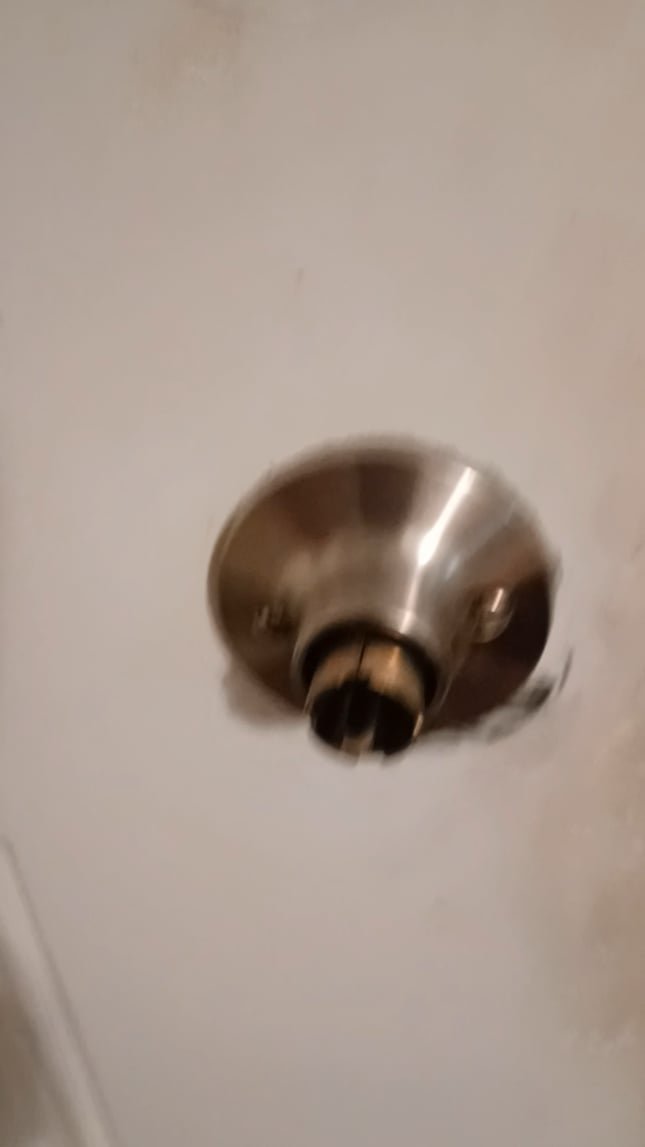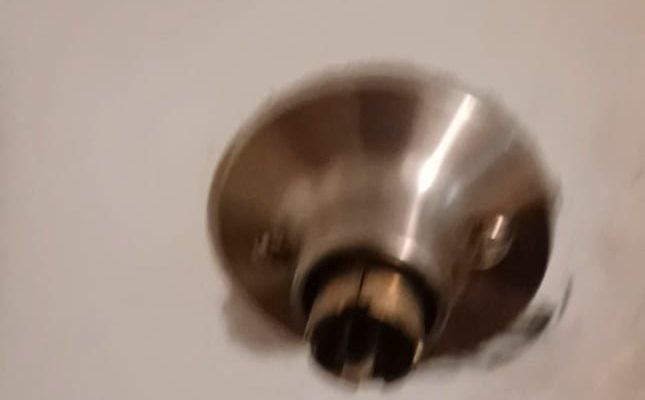
When your door knob spins freely, it typically indicates some sort of problem inside the knob or the latch mechanism. Picture a well-oiled machine: when everything’s working smoothly, the door opens and closes without a hitch. But when a piece is out of place, those gears stop turning. This blog will walk you through the common causes of a spinning door knob and offer simple fixes to get it working again.
Understanding Why Your Door Knob Spins Freely
Let’s start with the basics. When you notice that your door knob spins freely, it usually points to a problem with the internal mechanism. Each door knob consists of several parts, including the latch, spindle, and screws. Over time, wear and tear can lead to these components failing or becoming loose.
Here are a couple of common causes:
- Loose screws: Sometimes the screws that hold the doorknob in place can loosen over time, causing the knob to spin.
- Broken spindle: The spindle is the metal rod that connects the two knobs. If it breaks or becomes detached, the knob may spin freely.
You might be wondering how to tell what the issue is. The first step is to observe how the knob behaves. If it spins without any resistance, that’s a good sign something’s broken or loosened inside.
Common Causes of Spinning Door Knobs
Now that we know the general idea, let’s dive deeper into the most common causes of a spinning door knob.
1. Loose Screws
One of the most frequent culprits behind a spinning door knob is simply loose screws. These screws are the unsung heroes that keep your knob securely attached to the door. Over time, as you turn the knob, those screws can work themselves loose.
To fix this, you’ll need a screwdriver. Here’s how:
1. Locate the screws on the door knob. They are usually found on the inner side of the knob or on the plate surrounding it.
2. Tighten them. A quick twist to the right should do the trick. If they’re still loose after tightening, consider replacing them with new screws.
2. Broken Spindle
If your knob spins freely and tightening the screws doesn’t help, the spindle might be broken. The spindle is the metal shaft that connects both knobs. If it snaps, you’ll end up with one dead knob on the other side of the door.
Fixing this can be a bit more complicated:
1. Remove the knob from the door. You’ll need to unscrew the screws holding it in place.
2. Inspect the spindle. If it’s broken, you’ll need to buy a replacement. Spindles are often sold separately, so check your local hardware store.
3. Install the new spindle and reattach the knobs.
When to Consider Replacing the Entire Door Knob
Sometimes, the best solution might be to replace the entire door knob instead of trying to fix it. If your knob is old or showing signs of wear beyond just the spinning issue, it might be time for a new one.
Here’s when to consider replacement:
- Rust or corrosion: If you see rust or corrosion on the knob, it’s likely beyond repair.
- Multiple issues: If the knob has several problems, it may be more cost-effective to buy a new one.
Replacing a door knob isn’t as daunting as it sounds. Most come with clear instructions, and you can do it with just a few tools.
Simple Troubleshooting Steps
Before diving into major repairs, it’s worth trying out some simple troubleshooting steps. Sometimes, the solution can be surprisingly easy.
Here’s what to do:
1. Check for Obstructions: Look for any debris or obstructions around the knob area that may be causing it to spin.
2. Lubricate the Mechanism: Sometimes, a little WD-40 can work wonders. Spray it into the keyhole or around the knob to help loosen any stuck parts.
3. Inspect the Door Alignment: If your door is misaligned, it might be putting extra pressure on the knob. Adjusting the hinges can sometimes fix this.
Tools You’ll Need for Repairs
If you decide to tackle the job yourself, make sure you have the right tools on hand. Here’s a quick checklist:
- Screwdriver: A Phillips or flathead depending on your door knob.
- Replacement Parts: Extra screws or a new spindle if needed.
- Lubricant: A can of WD-40 or similar product.
- Flashlight: For inspecting those hard-to-see areas inside the knob.
With your tools ready, you’ll feel more confident tackling the problem head-on.
Preventing Future Issues
Once you’ve fixed your door knob, you might be wondering how to keep it from happening again. Preventive measures are always better than fixing problems after they arise. Here are a few tips:
1. Regular Maintenance: Check your door knobs and screws every few months to ensure they’re tight.
2. Avoid Excessive Force: Try not to yank on the knob or slam the door. That’ll help keep everything intact.
3. Use the Right Lubricant: Periodically applying lubricant can keep the inner mechanisms working smoothly.
Having a door knob that spins freely can feel like a small crisis, but it’s more common than you might think. With a little understanding and some simple fixes, you can get your door knob back in working order in no time. Remember to keep an eye on your door hardware and perform regular maintenance to avoid future headaches. After all, a functioning door knob ensures you can get where you need to go, whether it’s into your home or to that much-desired snack in the kitchen. Happy fixing!
